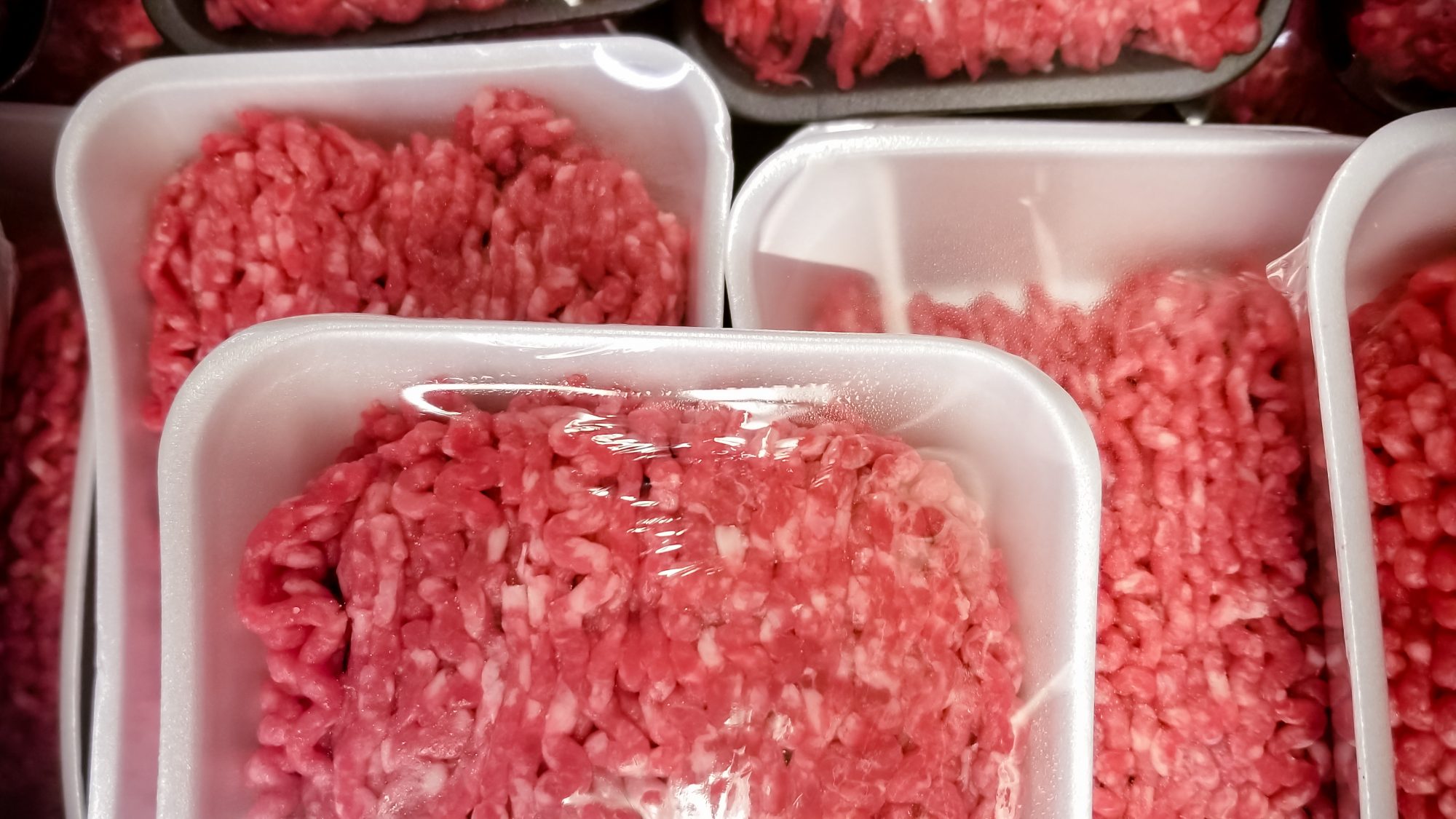

Articles
How To Store Ground Beef
Modified: February 26, 2024
Learn the best tips and tricks for storing ground beef in this informative article. Keep your meat fresh and safe for longer!
(Many of the links in this article redirect to a specific reviewed product. Your purchase of these products through affiliate links helps to generate commission for Storables.com, at no extra cost. Learn more)
Introduction
Welcome to the world of delicious ground beef! Ground beef is a versatile ingredient that can be used in a wide range of recipes, from burgers to meatballs to tacos. However, storing ground beef properly is crucial to ensure its safety and quality.
In this article, we will guide you on how to store ground beef effectively. Whether you are a cooking enthusiast or simply want to make sure your groceries stay fresh, these tips will come in handy.
Key Takeaways:
- Properly storing ground beef is crucial for maintaining its quality and safety. Choose lean options, use airtight packaging, and follow safe handling practices to enjoy fresh and delicious ground beef in your recipes.
- Whether in the refrigerator or freezer, follow temperature guidelines and safe thawing methods. Practice proper hygiene, prevent cross-contamination, and cook ground beef to the right temperature to ensure food safety for you and your loved ones.
Read more: How To Store Leftover Ground Beef
Choosing Ground Beef
When it comes to selecting ground beef, there are a few factors to consider that can impact its storage and overall quality. Here are some key points to keep in mind:
- Fat Content: Ground beef is available in different fat percentages, such as 80% lean, 85% lean, and 93% lean. Higher fat content can affect the shelf life of the meat, as it can lead to quicker spoilage. If you’re planning to store ground beef for an extended period, leaner options are generally recommended.
- Freshness: Always choose fresh ground beef from a reputable source. Look for bright red color and avoid packages with any signs of discoloration or unpleasant odor.
- Quality: Opt for ground beef that is ground on-site or packaged in a reliable facility. This ensures better control over the quality and reduces the risk of contamination.
By being mindful of these factors, you’ll be setting yourself up for success when it comes to storing ground beef.
Proper Packaging
The way you package ground beef plays a crucial role in maintaining its freshness and preventing contamination. Here are some tips for proper packaging:
- Airtight Containers: Transfer ground beef from its original packaging to airtight containers. This helps to keep out air and moisture, which can contribute to spoilage. Glass or BPA-free plastic containers with tightly sealed lids work well for this purpose.
- Cling Wrap: If you prefer not to use containers, you can tightly wrap the ground beef in cling wrap. Make sure it is completely sealed to prevent air exposure.
- Portion Sizes: Divide the ground beef into small, individual portions before packaging. This allows you to thaw only the amount you need, minimizing waste.
- Date Labeling: Always label the packaging with the date of purchase or the date you packaged it. This helps you keep track of freshness and ensures that you use the oldest ground beef first.
Proper packaging not only extends the shelf life of ground beef but also helps to maintain its flavor and texture.
Refrigerator Storage
Refrigerator storage is ideal for short-term storage of ground beef. Follow these guidelines to ensure that your ground beef stays fresh and safe:
- Temperature: Set your refrigerator temperature to 40°F (4°C) or below to keep the ground beef at a safe temperature and slow down bacterial growth.
- Proper Placement: Store ground beef on the bottom shelf of the refrigerator to prevent any juices from dripping onto other foods and causing cross-contamination.
- Original Packaging: If the ground beef is still in its original packaging and is sealed properly, you can keep it in the refrigerator. However, if you’ve transferred it to a different container, ensure it is airtight.
- Expiration Date: Check the expiration date on the original packaging. If it is nearing the expiration date, use it as soon as possible to ensure optimal freshness.
- Storage Duration: Ground beef can typically be stored in the refrigerator for 1-2 days. It’s best to use it within this time to maintain quality and taste.
Remember to always practice good hygiene and safe food handling when storing ground beef in the refrigerator. It’s essential to prevent cross-contamination and maintain proper food safety guidelines.
Store ground beef in the coldest part of the refrigerator, ideally below 40°F (4°C). Use it within 1-2 days if refrigerated, or freeze for up to 3-4 months for best quality.
Freezer Storage
Freezing ground beef is an excellent option for long-term storage, allowing you to keep it fresh for several months. Follow these guidelines for proper freezer storage:
- Divide and Package: Divide the ground beef into smaller portions based on your usage needs. Wrap each portion tightly in plastic wrap or place them in individual freezer bags.
- Airtight Packaging: Ensure that the packaging is airtight and there is no air trapped inside. You can use freezer-safe resealable bags or vacuum-sealed bags to minimize air exposure.
- Labeling: Label each package with the date of freezing to keep track of its freshness. It’s also a good idea to include the weight or portion size on the label for convenience.
- Freezer Placement: Place the packaged ground beef in the coldest part of the freezer, such as the back or bottom shelf. This helps to maintain a consistent freezing temperature.
- Storage Duration: Ground beef can be frozen for up to 3-4 months while still retaining its quality. However, for the best texture and flavor, it’s recommended to use it within the first 2 months.
When you’re ready to use the frozen ground beef, remember to thaw it safely in the refrigerator or using the defrost function on your microwave. Avoid thawing ground beef at room temperature, as it can promote bacterial growth.
Proper freezer storage allows you to have a stash of ground beef ready for your favorite recipes whenever you need it!
Read more: How To Store Raw Ground Beef
Defrosting Ground Beef
Defrosting ground beef properly is crucial to ensure that it thaws safely and maintains its quality. Here are a few methods to defrost ground beef:
- Refrigerator Thawing: The safest method is to thaw ground beef in the refrigerator. Simply transfer the packaged ground beef from the freezer to the refrigerator and allow it to thaw slowly. This method usually takes around 24 hours, depending on the thickness of the meat. Once thawed, use it within 1-2 days.
- Cold Water Thawing: If you need to thaw ground beef quickly, you can use the cold water method. Place the sealed package of ground beef in a leak-proof plastic bag and submerge it in a bowl of cold water. Change the water every 30 minutes to ensure that it remains cold. Ground beef should thaw in 1-2 hours using this method.
- Microwave Thawing: You can use the defrost function or a lower power setting on your microwave to thaw ground beef. Be cautious when using this method, as the microwave can partially cook the edges of the meat if not used correctly. It’s best to cook the ground beef immediately after thawing in the microwave.
Whichever method you choose, it’s important to cook the ground beef promptly after thawing to ensure safety. Once thawed, do not refreeze ground beef unless it has been cooked. Always follow proper food handling and cooking guidelines to prevent any risk of foodborne illness.
Safe Handling Tips
Proper handling of ground beef is essential to maintain food safety and prevent contamination. Here are some important tips to follow:
- Washing Hands: Always wash your hands thoroughly with warm water and soap before and after handling ground beef to minimize the risk of spreading bacteria.
- Cross-Contamination: Prevent cross-contamination by keeping raw ground beef separate from other foods. Use separate cutting boards, utensils, and plates for raw and cooked meat.
- Cooking Temperature: Cook ground beef to a safe internal temperature of 160°F (71°C) to kill any potential bacteria. A food thermometer is an invaluable tool to ensure that the meat is properly cooked.
- Refrigerate Promptly: If you have leftover cooked ground beef, refrigerate it within two hours after cooking to prevent bacteria growth. Place it in a shallow container to cool quickly.
- Leftover Usage: Use leftover cooked ground beef within 3-4 days. If you plan to store it for a longer period, freeze it for later use.
- Safe Disposal: Dispose of any raw ground beef packaging or trimmings properly to avoid attracting pests. Double-bagging in sealed plastic bags or using airtight containers is recommended.
By following these safe handling tips, you can enjoy ground beef while minimizing the risk of foodborne illnesses.
Conclusion
Properly storing ground beef is key to maintaining its quality, flavor, and safety. Whether you’re storing it in the refrigerator for a few days or in the freezer for a longer period, following these guidelines will help ensure that your ground beef stays fresh and delicious:
- Choose fresh ground beef with the appropriate fat content for your needs.
- Package ground beef in airtight containers or wrap it tightly in cling wrap.
- In the refrigerator, store ground beef on the bottom shelf and use it within 1-2 days.
- In the freezer, divide ground beef into portions, package them securely, and use within 3-4 months.
- Thaw ground beef safely in the refrigerator, cold water, or microwave.
- Practice safe handling by washing hands, preventing cross-contamination, and cooking ground beef to the right temperature.
By following these tips, you can enjoy the convenience and versatility of ground beef in your daily cooking while ensuring the highest level of food safety. Remember to always prioritize hygiene and follow safe handling practices to protect yourself and your loved ones.
So go ahead and stock up on ground beef, knowing that you have the knowledge to store it properly and enjoy it in your favorite recipes whenever you please!
Frequently Asked Questions about How To Store Ground Beef
Was this page helpful?
At Storables.com, we guarantee accurate and reliable information. Our content, validated by Expert Board Contributors, is crafted following stringent Editorial Policies. We're committed to providing you with well-researched, expert-backed insights for all your informational needs.
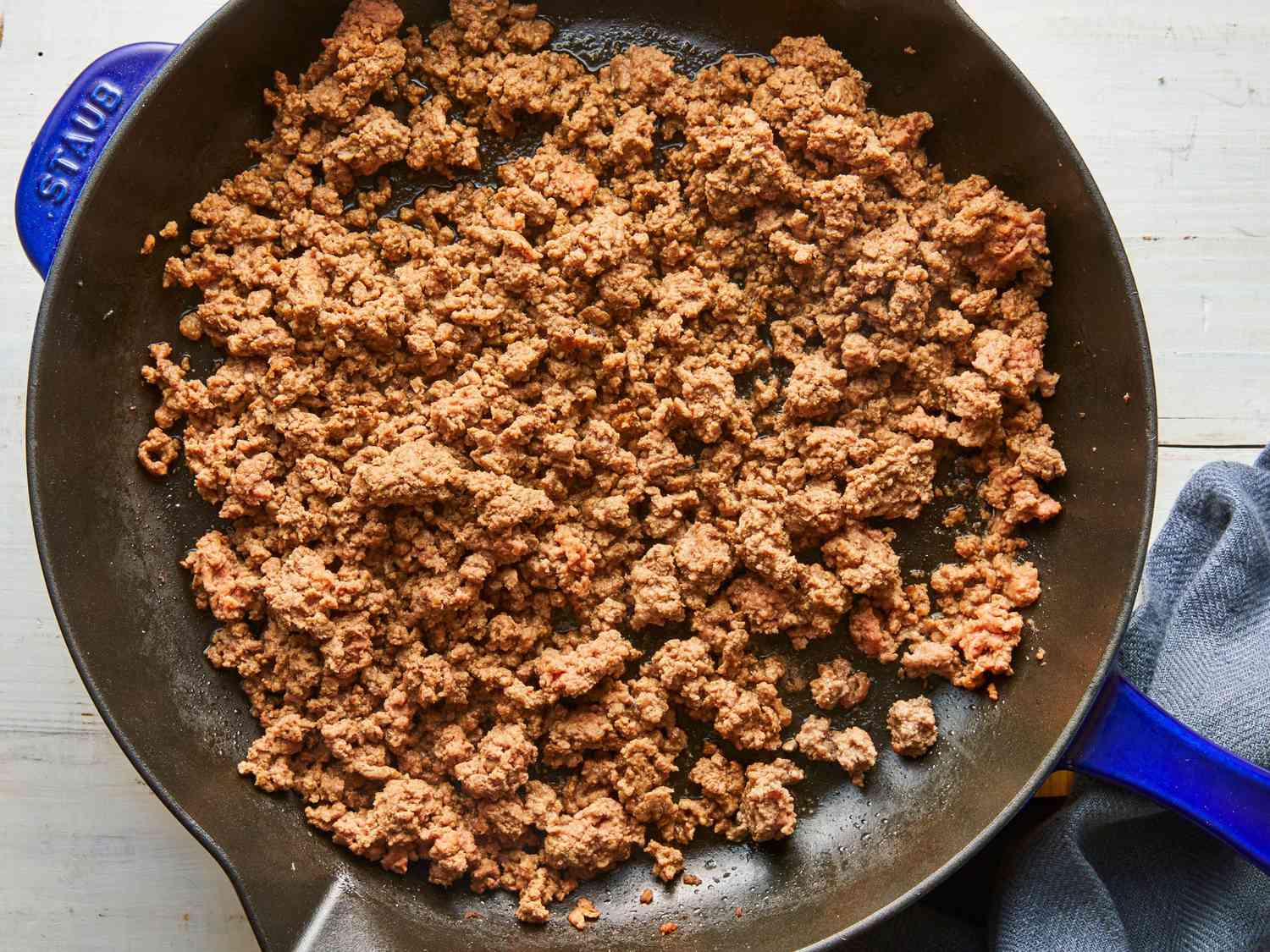
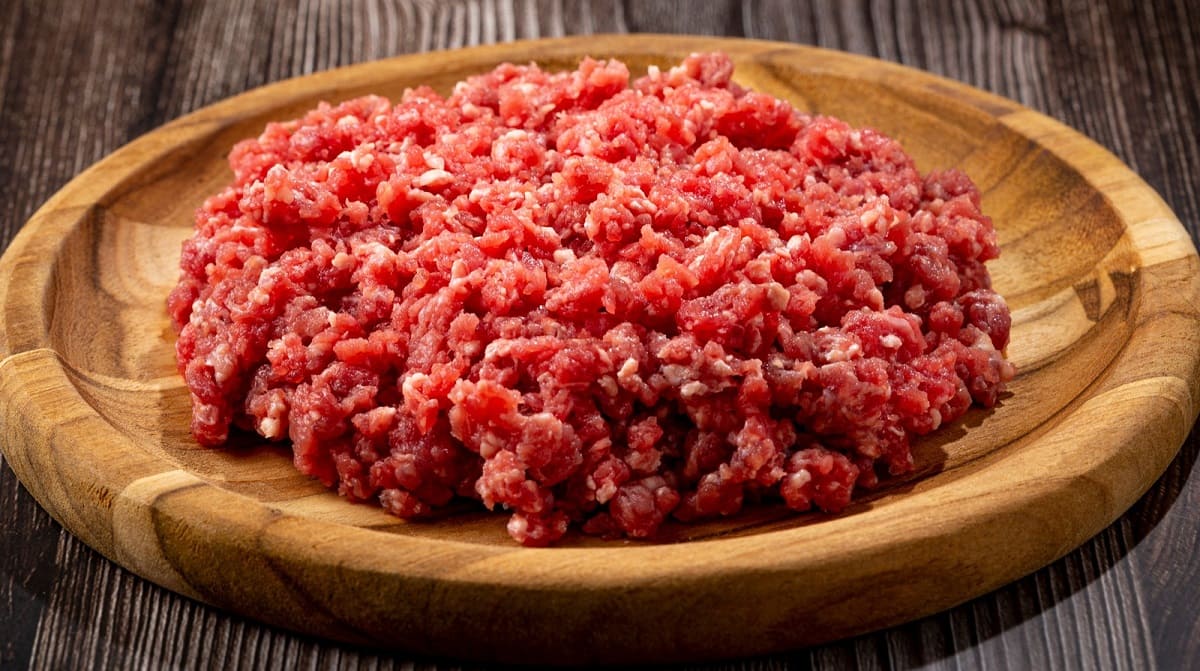
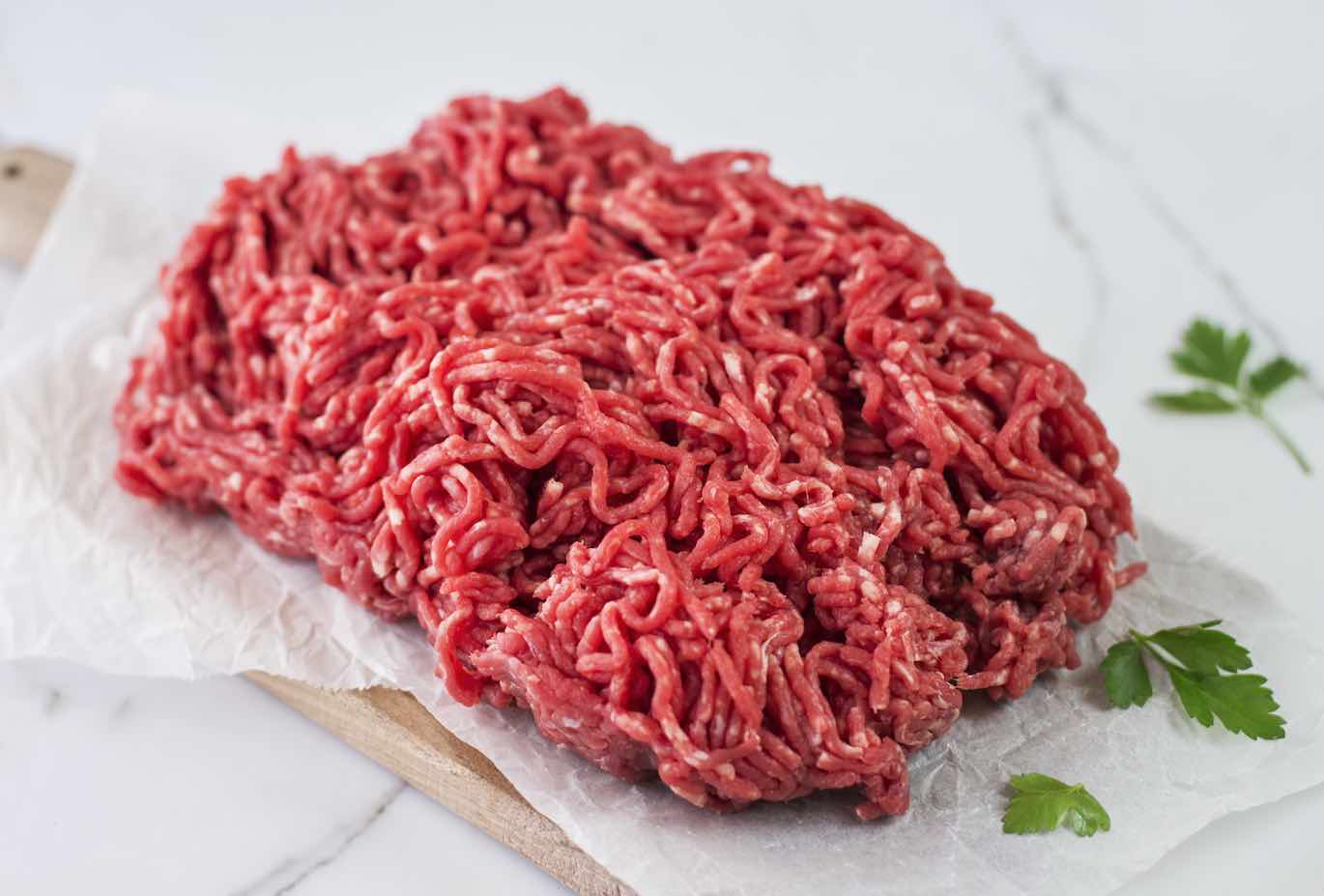
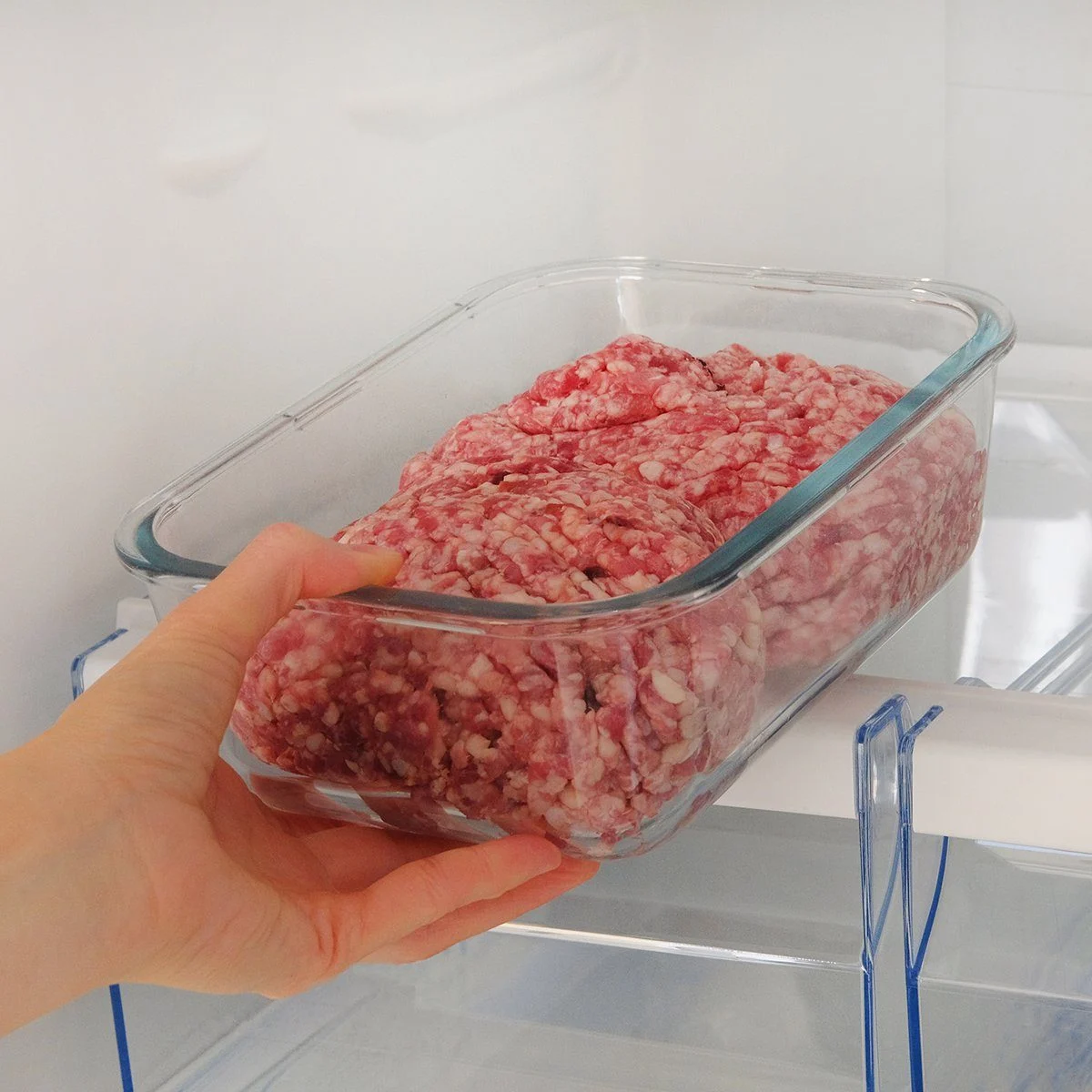
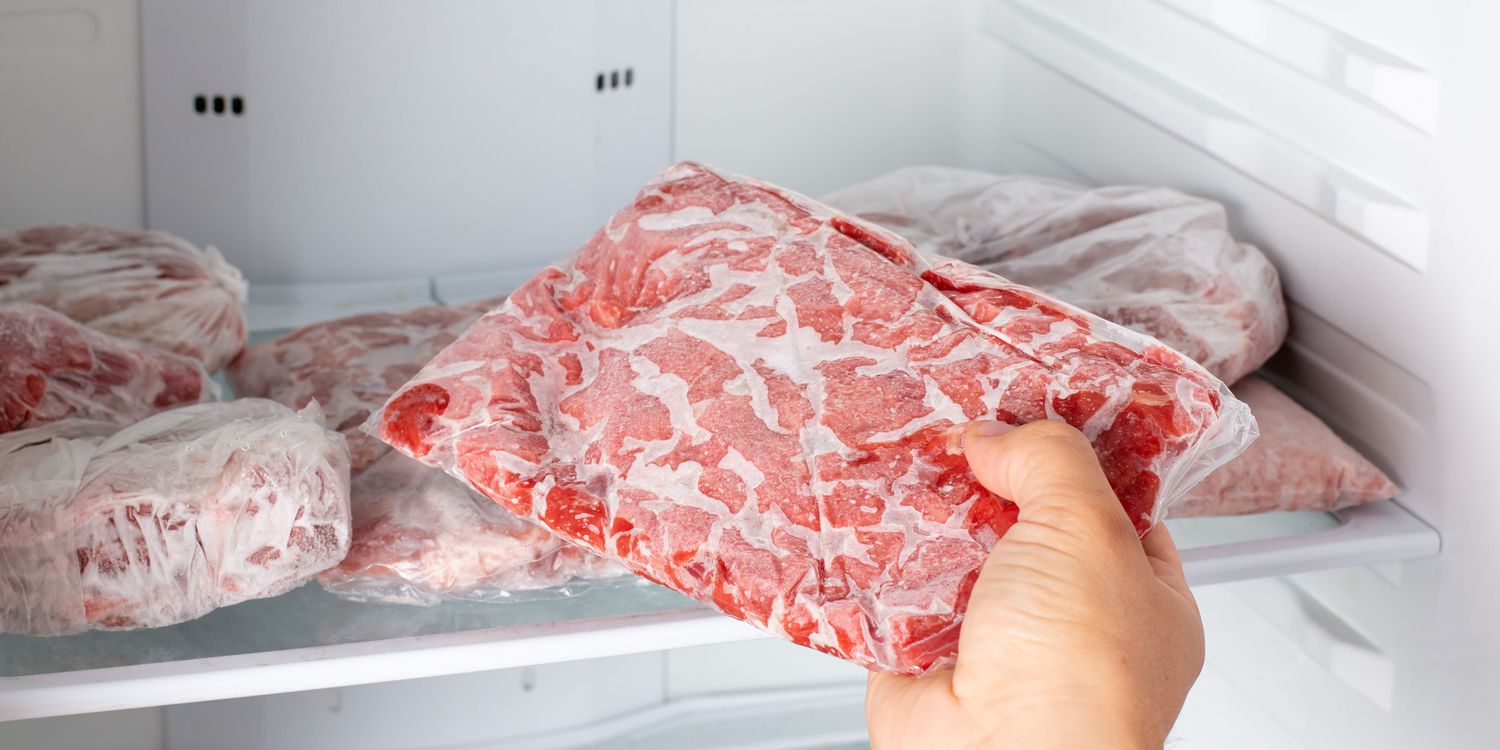
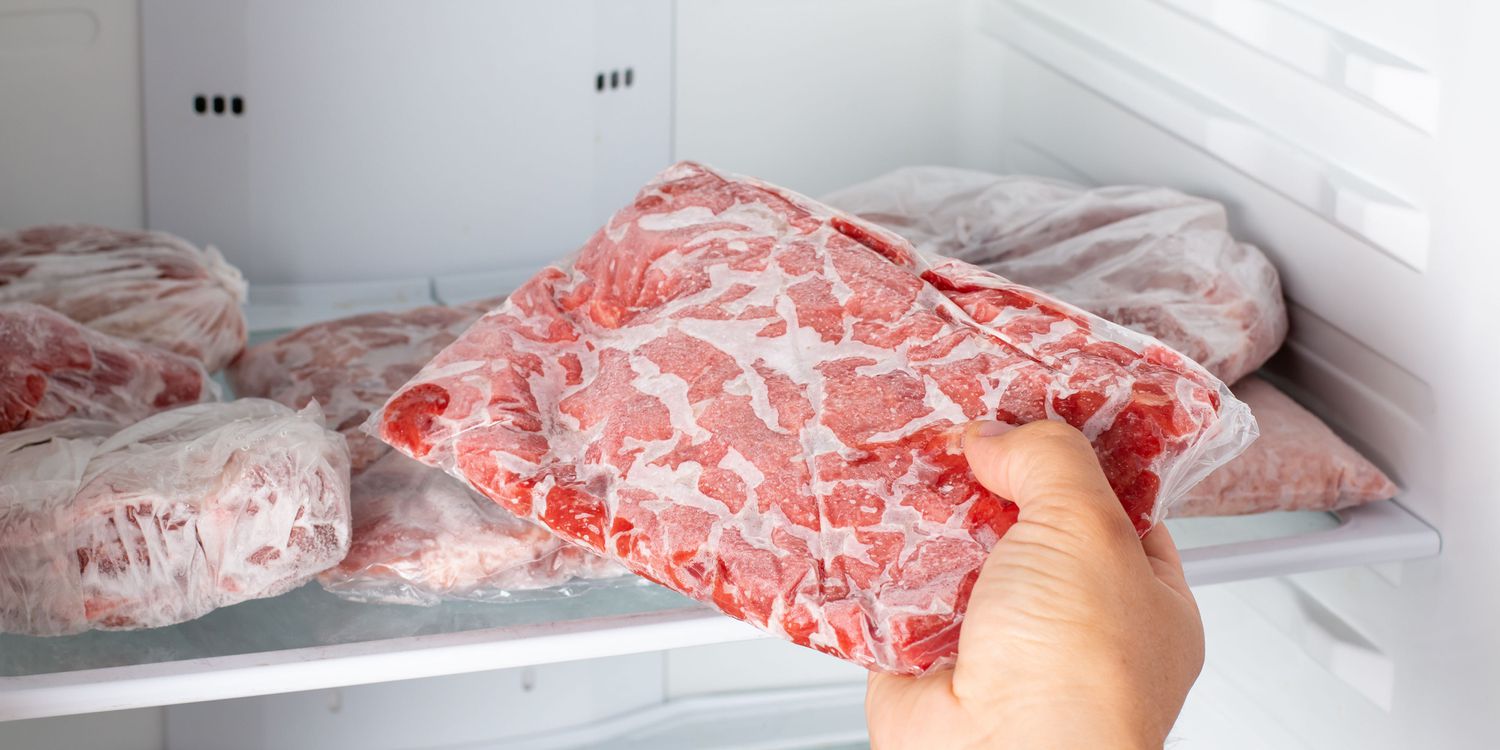
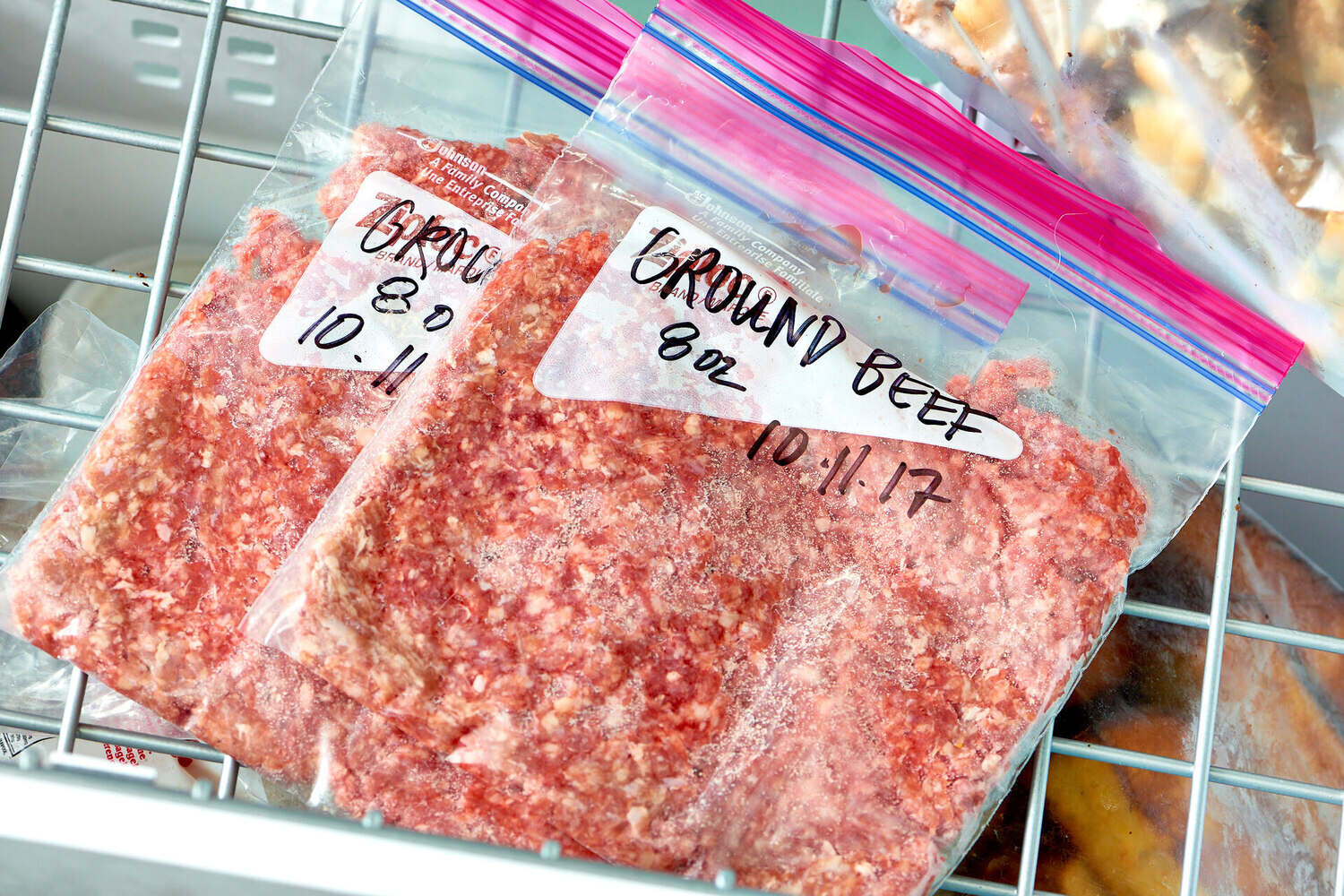
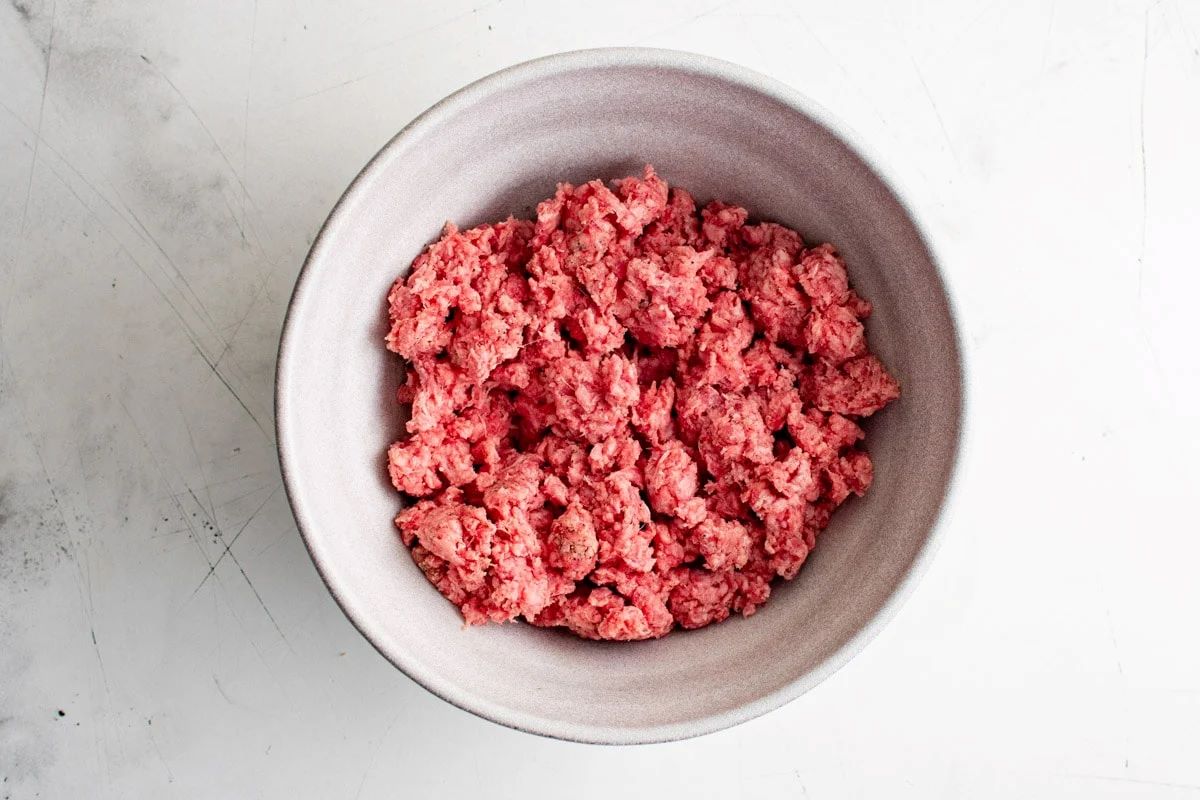
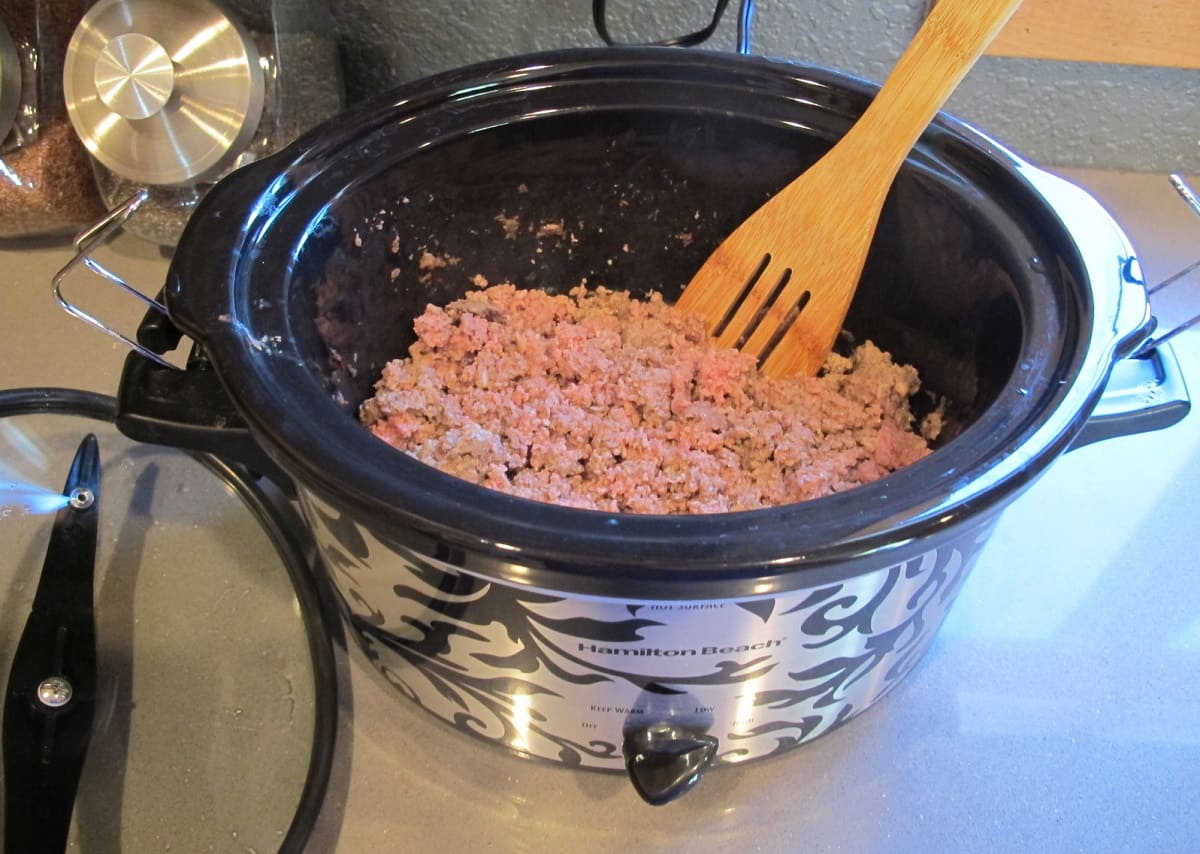
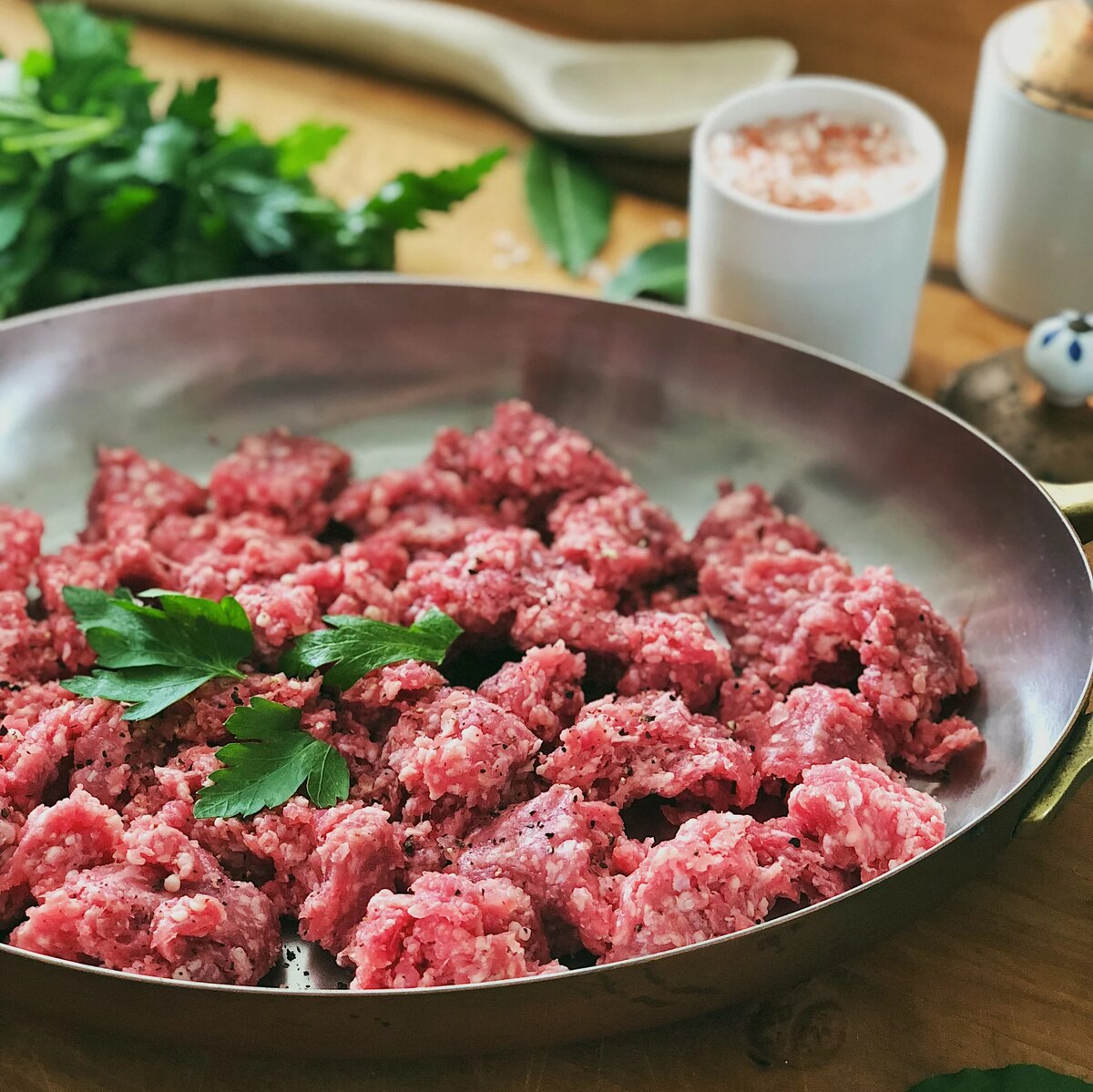
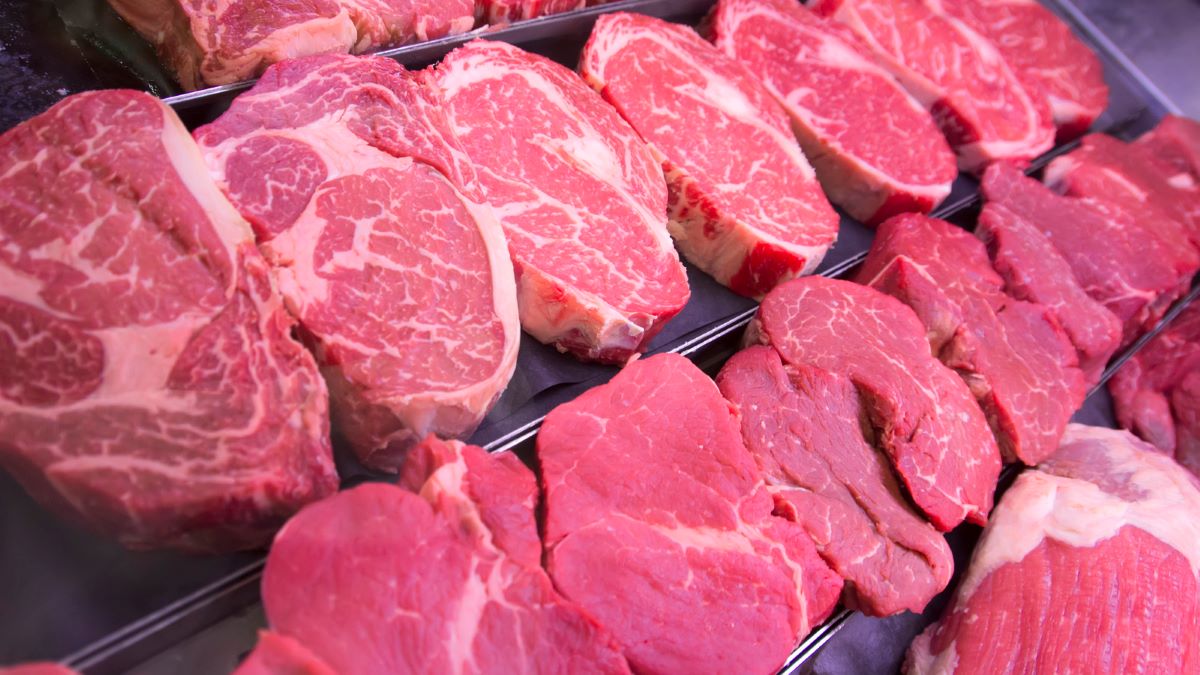
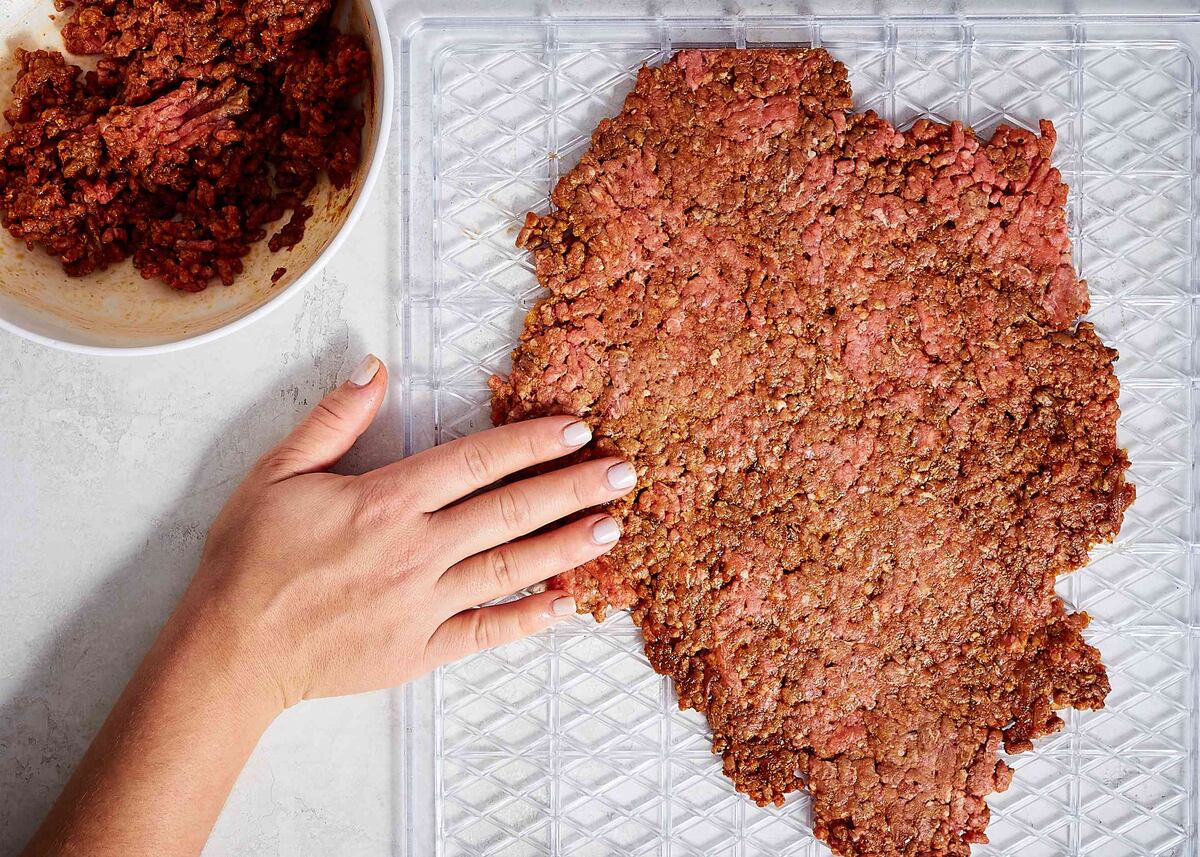
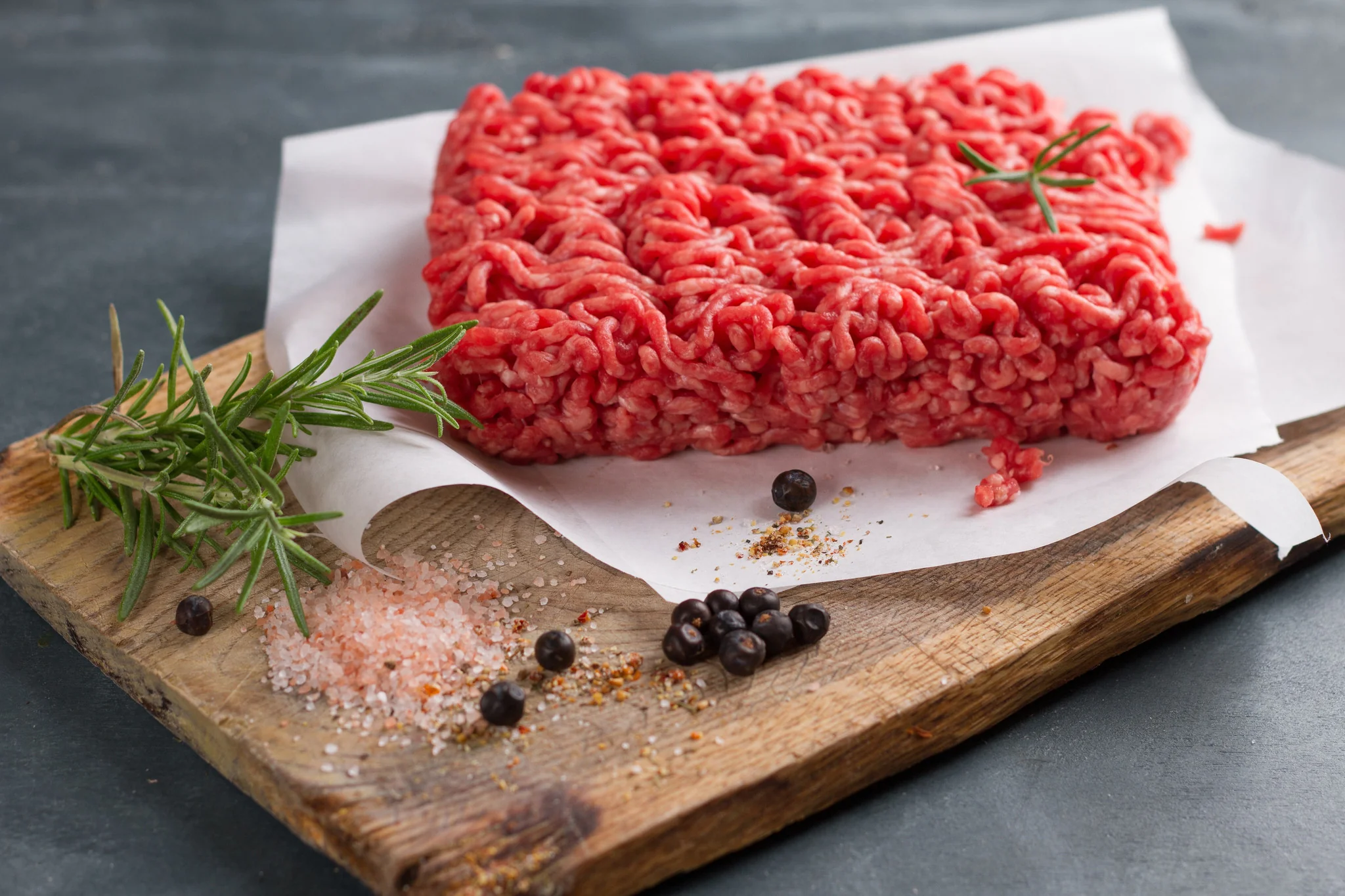
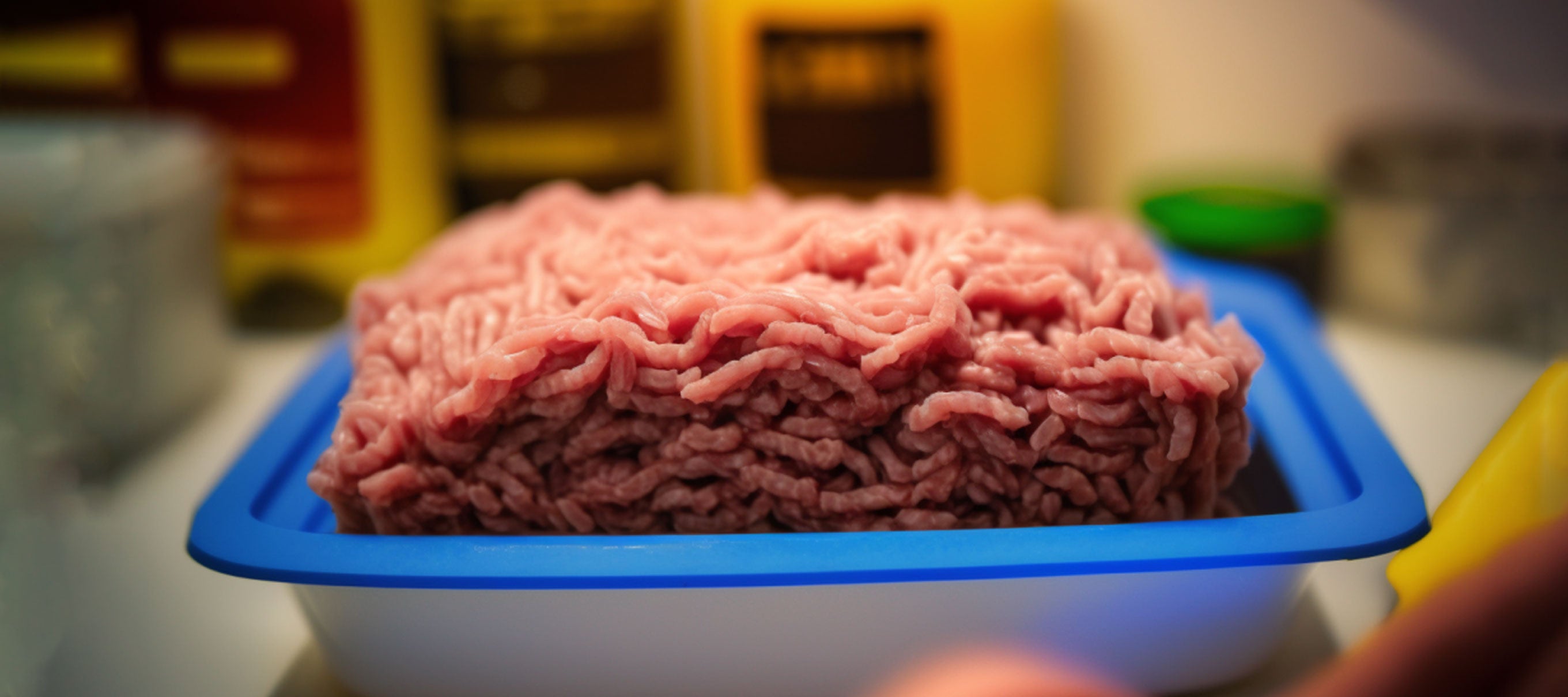

0 thoughts on “How To Store Ground Beef”